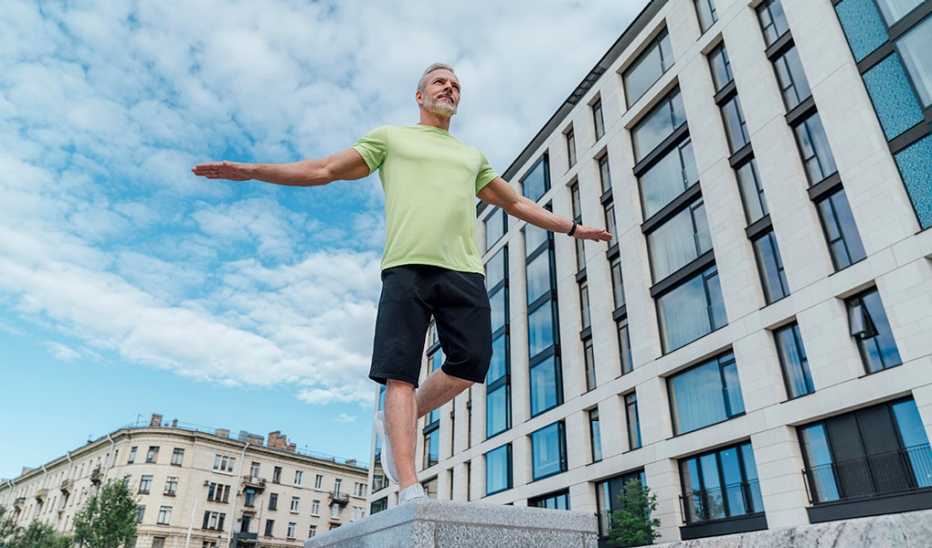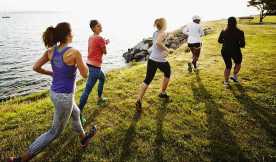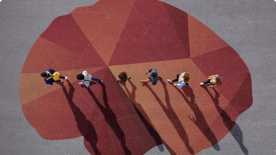Challenges


You may already know that aerobic exercise supports parts of the brain responsible for memory and other thinking skills. But you may be surprised to learn that movements that involve balance may also support a type of thinking called spatial cognition.
Scientists at the University of Hamburg in Germany examined this connection in a group of small studies. In their most recent work, reported in 2021 in Brain Sciences, they gathered two groups: 78 athletes ages 18 to 50 — 38 endurance athletes plus 40 who excelled in balance activities — and 59 sedentary participants ages 20 to 40. All performed physical tests like standing barefoot on an unstable platform and attempting to keep the platform stable for as long as possible within 30 seconds. Paper-pencil tests were also given that assessed the ability to imagine placement of objects from different viewpoints. The results revealed that the athletes with strong balance performed better than the other two groups on spatial cognition, which allows you to locate and remember points in space.
A good example of how you would use spatial cognition would be having to figure out where you are in a familiar city although you find yourself in an unfamiliar part of it. “You need orienting skills, and you need a kind of knowledge about the directions and where to go and where to start,” study author Kirsten Hötting, a professor of psychology at the University of Applied Sciences in Hamburg, Germany, said in a phone interview. “You have a mental image of the environment, and you can orient yourself in your environment to find your way to a place.”
In a similar study published in 2018 in NeuroImage, Hötting and colleagues randomly assigned 37 people ages 19 to 65 to either a balance exercise routine or a relaxation program twice a week for 12 weeks. This time they took MRIs of participants’ brains before and after. “The balance training produces changes in the brain and in performance in the memory and spacial cognition tests. We think that they are linked,” Hötting says.
The bottom line: While getting your heart pumping provides innumerable health benefits, it is not the only way to improve your brain reserve. “Other [kinds of] physical exercise … can also induce changes in the brain and have positive effects on cognition,” Hötting says.
AARP’s Global Council on Brain Health recommends in its report “The Brain-Body Connection” from 2016: “Engage in strength training and exercises that improve flexibility and balance in addition to aerobic exercise; a variety of physical activities is better than one kind alone.” Bonus: The better you move, the more you reduce your risk of falls and injury, allowing you to take your activities to a higher level.











More From Staying Sharp
Get Ready to Walk
Set yourself up for success
6 Habits to Support Your Brain Health
Your daily life can have a big impact on your memory and mental skills
Add Strength Training to Your Week
Resistance exercise offers head-to-toe health benefits